Decades of Activism: A Protest Timeline
Generations of Princeton students have protested a wide range of issues: Here are some of them.
April 12, 1935 More than 600 people gather in Alexander Hall to call for world peace; presidential candidate Norman Thomas 1905 is a speaker.
March 11, 1969 For more than 11 hours, about 100 students demonstrate at New South to protest Princeton’s investments in South Africa. Five students are put on disciplinary probation, and 10 are charged with violating the University’s policy on protests.
1967–72 Numerous protests against the Vietnam War and the ROTC program. During the “Hickel heckle” March 5, 1970, nearly 75 students harass U.S. Interior Secretary Walter J. Hickel as he tries to speak in Jadwin Gym. Nine students are placed on disciplinary probation; three are suspended.
1970s–1980s Protests against investment in South Africa during apartheid are relatively common. More than 200 students occupy Nassau Hall for 27 hours April 14–15, 1978. A blockade of Nassau Hall May 22–23, 1985, leads to the arrests of 88 demonstrators, who later are found guilty of violating University regulations and penalized with a warning.
May 1, 1986 Six students conduct a seven-hour sit-in in the dean of students’ office over questions of the University’s oversight of the Women’s Center.
Feb. 15, 1989 Nearly 50 protesters sit in Nassau Hall’s Faculty Room for 17 hours; the issues are communication with students and the needs of minority students. President Harold Shapiro *64 agrees to hold weekly office hours.
April 20, 1995 17 students hold a 36-hour sit-in in Shapiro’s office to demand faculty and courses in Latino and Asian American studies. Shapiro says he won’t discuss the issues “while this inexcusable occupation … continues.” An agreement is reached, calling for $6 million for faculty hires.


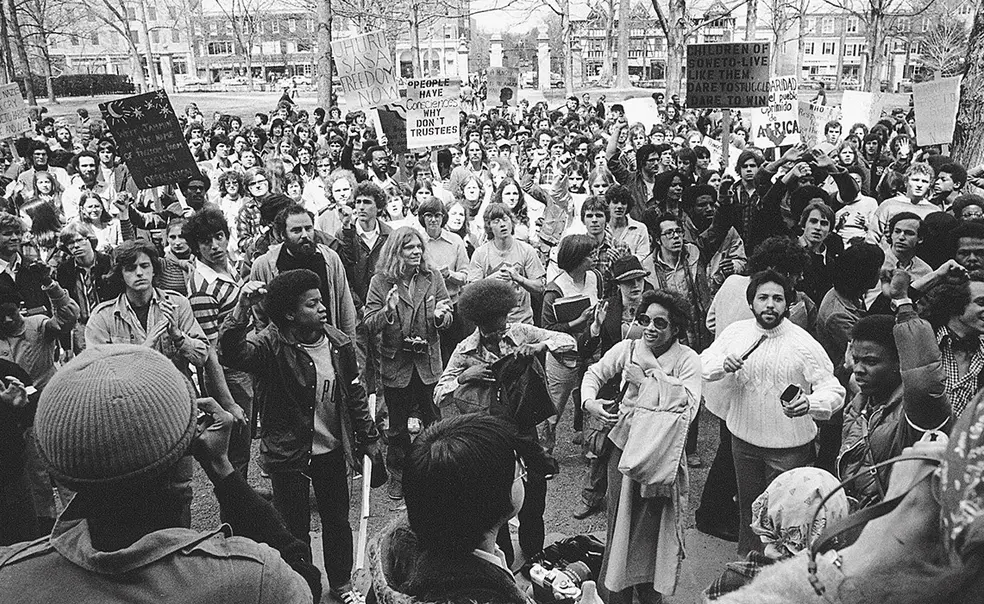
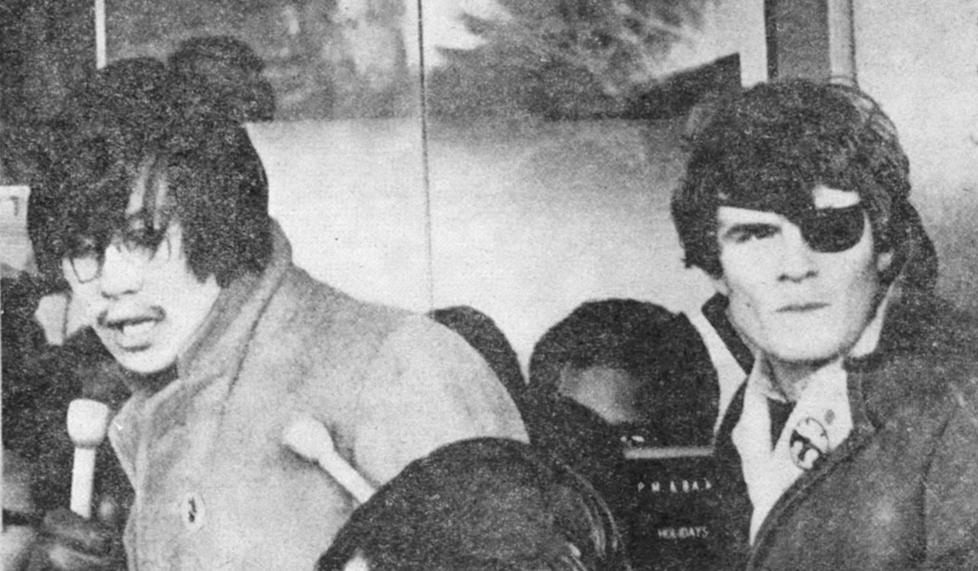
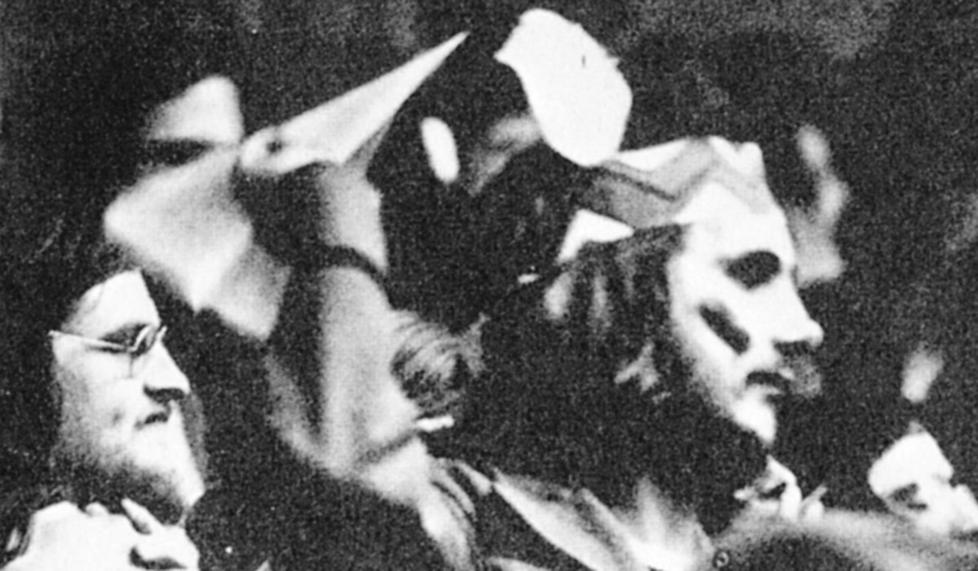
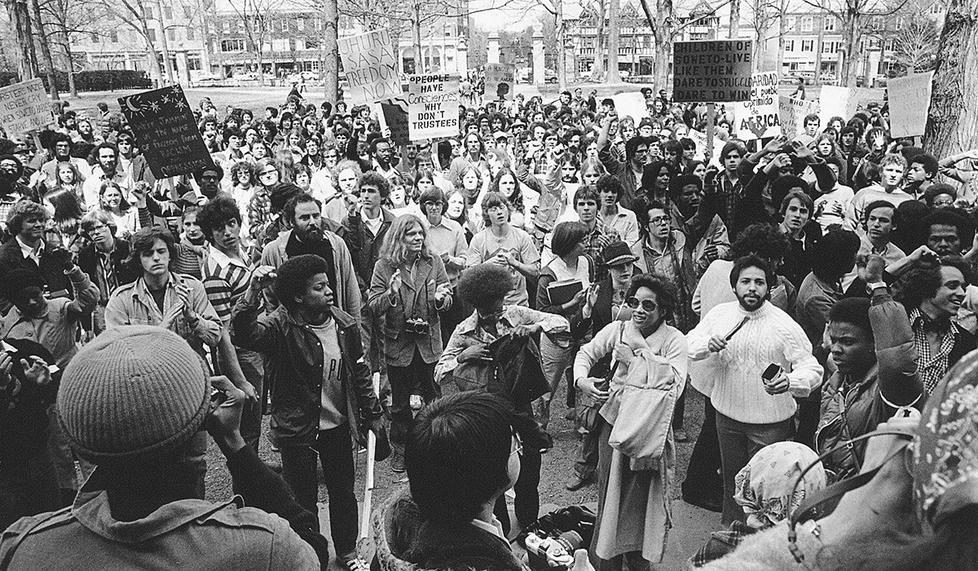
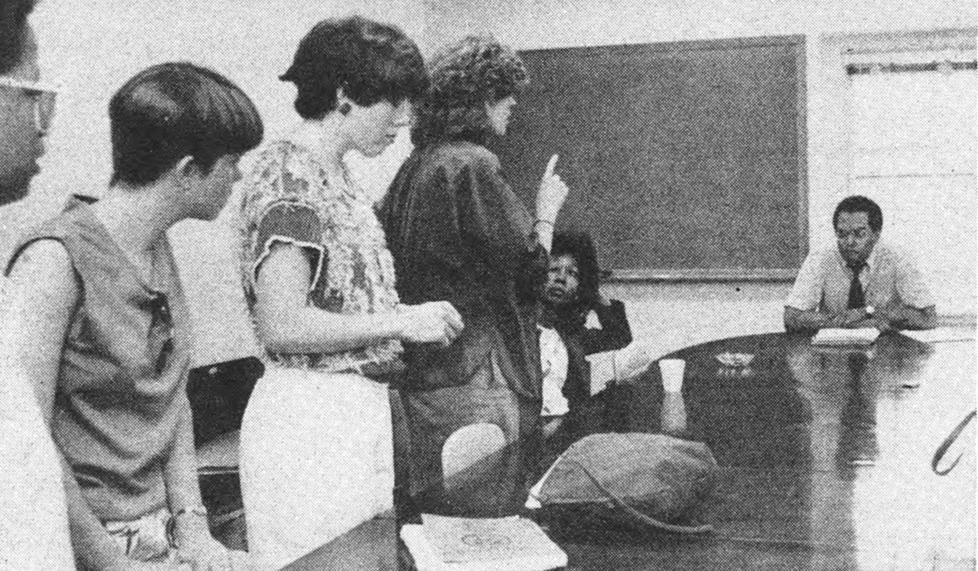
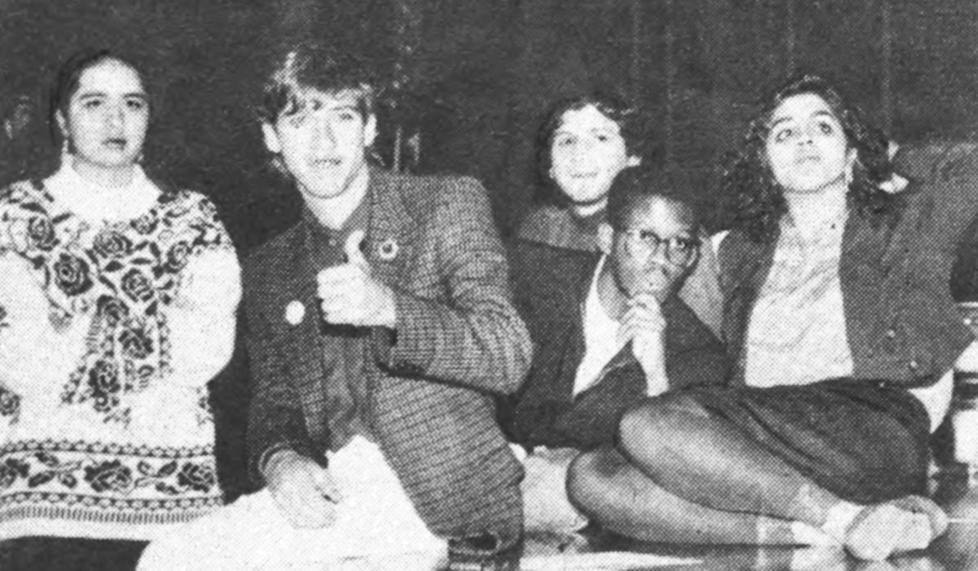
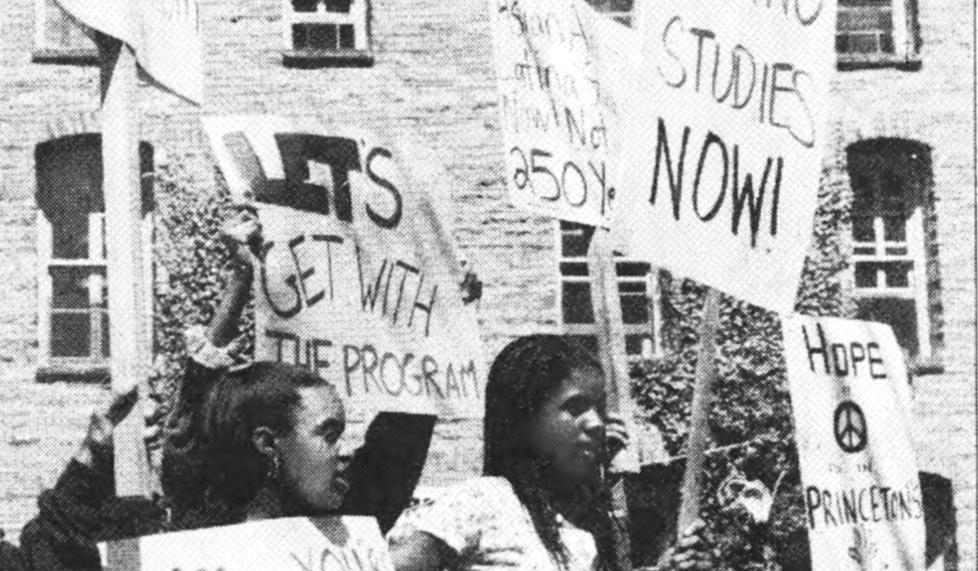









No responses yet